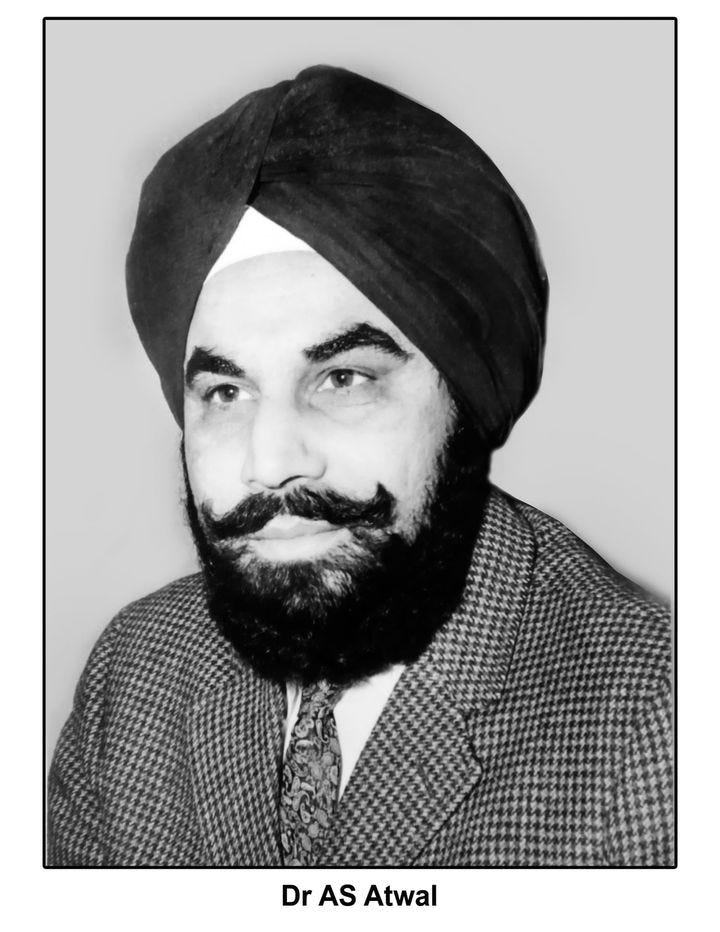History of Entomology in India
- Malkiat Singh Duhra
- Aug 8
- 3 min read

The first insects evolved in marine or coastal habitats and took to land at around the same time as plants appeared, some 440 million years ago. Insects appeared much earlier than human beings who appeared on earth only 150,000 years ago. Recent research has shown that the insect populations have declined by more than 45% since the 1980s, and another 40% of all insect species will be at risk of extinction within the coming decades.
Pre-historic time: Honeybees are mentioned in the Vedas, the Ramayana, the Quran, and Rigveda (3000-5000 BC). There is a mention of Lac in Atherva Veda, and Mahabharata. Silk production is believed to have originated in China nearly 5000 years ago and slowly spread to India. Indiana were familiar with the rearing of silkworm in 387 BC. Reference to insects, ants, bees, beetles, and flies were found in Sanskrit dictionary 'Amarakosa’ and books like Artha Sastra, and Chanakya Sutra. All these indicate that ancient Indians were well acquainted with the insects.
18th century: The first regular work on Indian insects on scientific lines was initiated by Dr. John Gerard Koenig (1728-1785). He collected insects of Coromandel Coast and sent to C. Linnaeus and J. C. Fabricius for identification. More than 1000 Indian insects were received from some Christian missionaries for publication in Entomologia Systemeatica. The Asiatic Society of Bengal was the first scientific society established in Calcutta in 1785. The society encouraged insect collection and exhibition of Indian insects and published entomological literature. Buchanan wrote notes on the cultivation of Lac in India in 1800.
19th century: Denovan published the Natural History of Insects of Asia and revised it in 1842. Some publications were made in 1889-1903. It was the birth of Applied Entomology in India. The Bombay Natural History Society was found in 1883. Publication of the Fauna of India series was started by the Government of India from London in 1892.
20th century: Lionel-de-Niceville was appointed as the first Entomologist to the Government of India in 1901 with headquarters at the Indian Museum, Calcutta. Harold Maxwell Lefroy was appointed Entomologist to the Government of India in 1903 in place of Niceville but was posted at Surat, especially for the study of cotton pests. In 1905, the Imperial Agricultural Research Institute was established at Pusa in Bihar. Lefroy was transferred there as the first Imperial Entomologist. He published two valuable books: Indian Insect Pests (1906) and Indian Insect Life (1909). T. B. Fletcher succeeded H. M. Leftoy Imperial Entomologist in 1913. He devoted his attention mainly to insect taxonomy and formed a good collection of Lepidoptera. He started the publication of the Catalogue of Indian Insects and a book of South Indian Insects.
E.P. Stebbling was appointed Imperial Forest Entomologist in 1900 and with the establishment of Forest Research Institute at Dehradun in 1906. The Zoological Survey of India was started in 1916 in the Indian Museum at Calcutta. The Entomological Society of India was established in 1938 with Hussain as the founding President. The society started its journal, Indian Journal of Entomology, in 1939 with Hem Singh Pruthi as the first Chief Editor.
After 1947: Dr. Pradhan is considered the father of modern applied entomology in India. He developed biometre and did useful work on locust control. Professor (Dr.) A.S. Atwal is considered the father of modern beekeeping in India, because he successfully introduced Apis mellifera, Italian honey bee, from Italy into India.
Although a number of Indian Universities offer agricultural education, the Indian Council of Agricultural Research (ICAR) the main regulator of agricultural education, recognizes three Central Agricultural Universities, four Deemed Universities, and 63 State Agricultural Universities as of 2021. The Entomological Society of India was founded in 1938. The main objective of the Society is to encourage and promote the dissemination of entomological knowledge. It arranges the meetings of entomologists. Current estimate shows out of nearly 63,760 species of insect pests in India, about 21,166 species are endemic.



Comments